The Riskiest Places To Swipe Your Credit Card
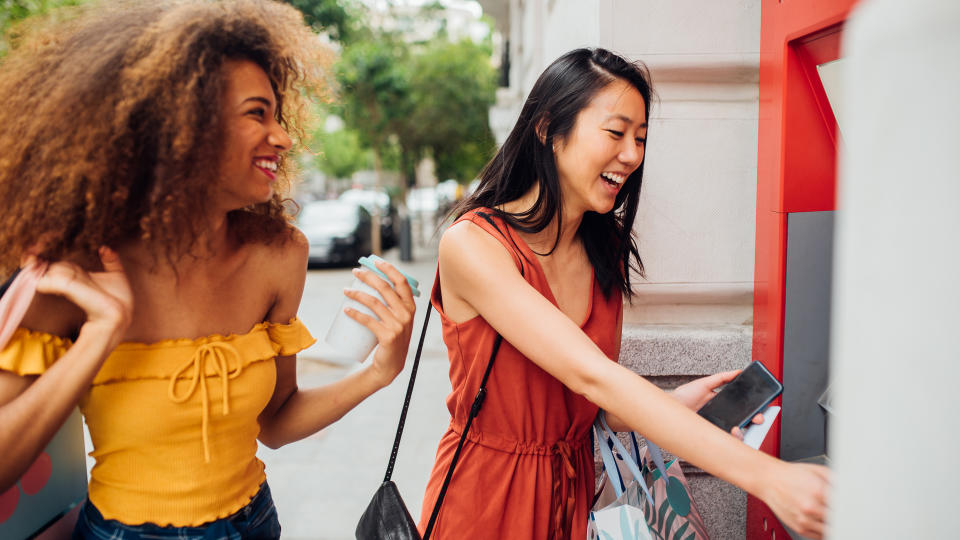
Credit card fraud has become a constant and pervasive threat, and debit cards aren't immune to being stolen either. The Federal Trade Commission reported 66,090 instances of credit card fraud in 2020.
See: 22 Side Gigs That Can Make You Richer Than a Full-Time Job
Find: How To Get Rich With a Normal Job
This is why it's so important to know where the risks are, so you can better protect yourself from those looking to steal your information.
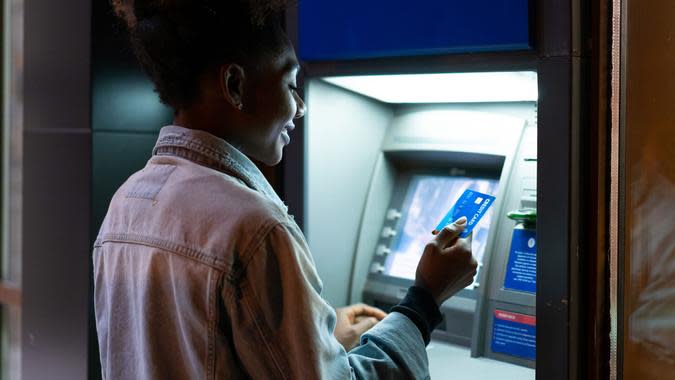
ATM Machines
Thieves have been skimming debit (and credit) card information from ATM machines for years, and the innovation of chip cards was partly developed to address this risk. As the credit card industry advances, though, thieves adapt -- and Consumer Reports notes they now have "shimmers" that can read chip-based cards.
POLL: Does April's Stock Market Dip Concern You?

Gas Stations
Gas stations are a haven for credit card thieves, as the pumps see a lot of customers and often receive minimal supervision. As a result, thieves have ample opportunity to install skimmers and sometimes tiny cameras that capture PIN numbers. The problem is so bad, the Secret Service has gotten involved. The agency found almost 200 skimmers at 400 gas stations during a crackdown in 2018.
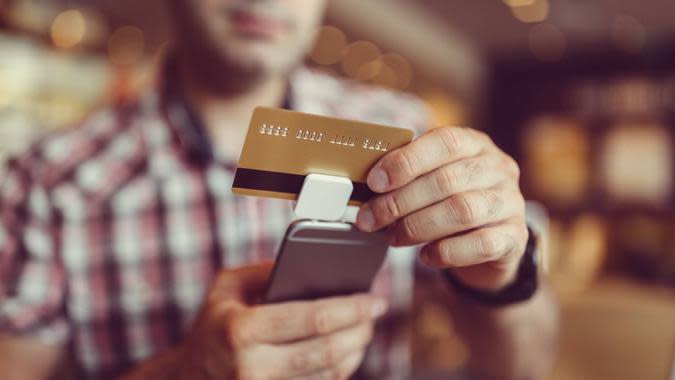
Mobile Vendors
While there are many trustworthy mobile vendors who are trying to earn an honest living, there also can be thieves who pose as such vendors. At festivals, fairs, concerts and other events, attendees sometimes don't know whether a vendor is legit or uses a card skimmer. This can leave your card susceptible.
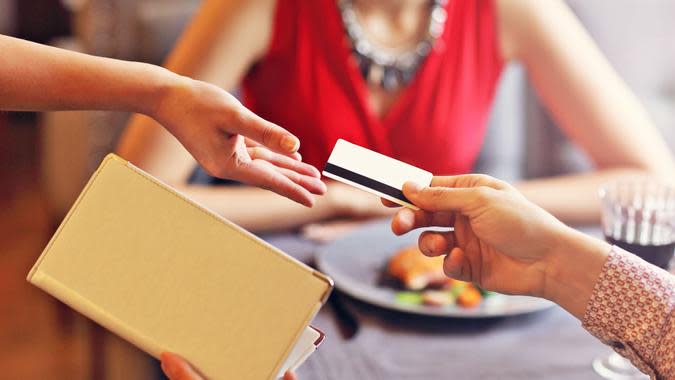
Dining Establishments
While some restaurants now swipe your card in a visible location, many still run cards in the back of the house where you can't see it. Should an establishment or individual server be unscrupulous, they could swipe your card through a skimmer and charge more than just your meal.
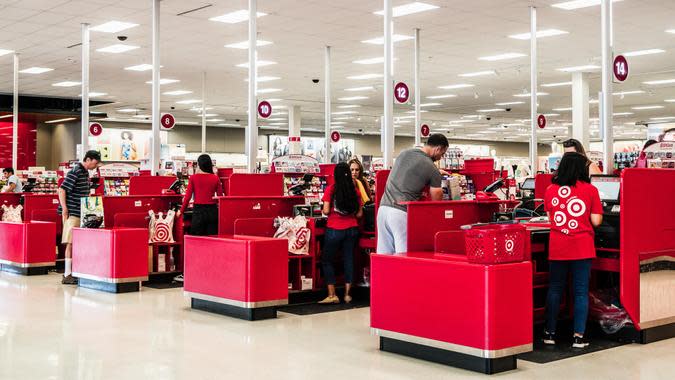
Chain Retailers
Large chain retail stores might seem like safer places to use a credit card because they have more resources to invest in security. The number of people who swipe cards at retailers makes them especially promising targets for thieves, though, and some have managed to get through the security measures in place. Target, TJX -- which operates T.J. Maxx and Marshall's -- and others have had data breaches involving cards.

Online Retailers
An online transaction can leave your credit card information exposed at multiple points. The information can be stolen by malware on your device, a middle person who intercepts the transmission or a data breach of the retailer you buy from.

Anywhere That Stores Information
The risk of credit card theft doesn't end when you swipe your card. Any business that stores your credit card number could experience a data breach during which a hacker attains access to your card information. These types of attacks have affected large and small sellers in many different industries.

How To Protect Your Credit Card
With so many potential ways your credit card information can be compromised, you likely can't eliminate the threat of credit and debit card theft altogether. There are steps you can take to better protect your card information, though.
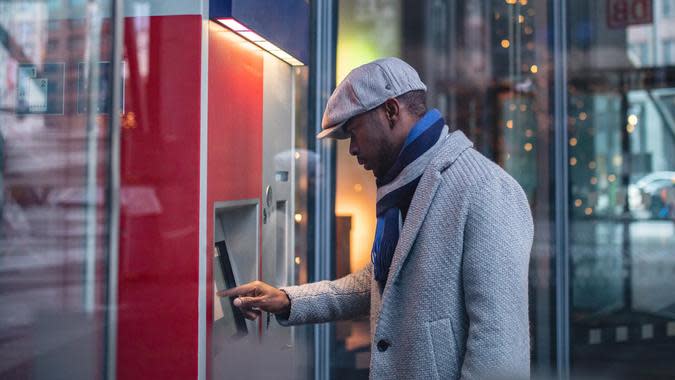
Use High-Visibility ATMs
While any ATM machine might have a skimmer installed, ones that aren't monitored well are more likely to be tampered with. To reduce the risk posed by ATM skimmers, look for machines the same way you'd try to minimize the potential of a mugging. Go to a high-traffic and highly visible machine, and preferably one that's in a secure location (e.g., a bank) if possible.
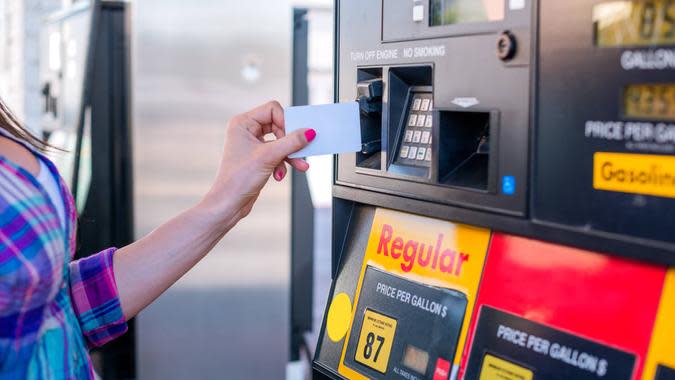
Check Readers at Gas Stations
When you use a credit card at a gas station, briefly check the pump's reader to see whether it looks like it's been tampered with. If there are any abnormal stickers, if the inspection seal reads "void" or if there are loose parts, pay inside -- you're less likely to have your card stolen if you run it at the cash register.
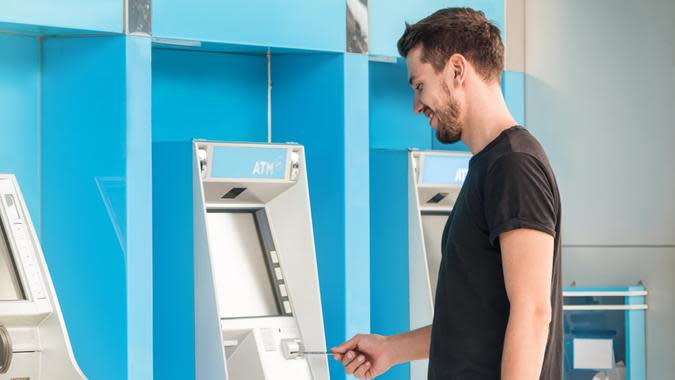
Look At Other Nearby Readers
If you're at a location where other, identical credit card readers are nearby, glance at the other readers to see if they look the same as the one you're using. If there's a noticeable difference between the readers on two otherwise identical ATMs or fuel pumps, one could have a skimmer attached. Find somewhere else to use your card.
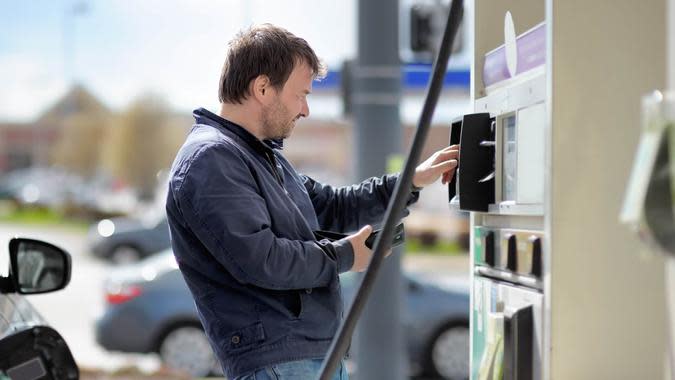
Jiggle the Reader
Before you swipe your card at a nonmonitored location like an ATM or fuel pump, give the reader a slight tug. If anything seems loose, don't use your card there. A thief could've loosened something to install a camera or skimmer.

Vet Mobile Vendors
To make sure a mobile vendor at least runs a legitimate business, vet them before you hand over your credit or debit card. Ask them about where they're located, check for pictures of their facility and look them up online if you'd like. This will at least ensure you're paying a real business and not someone who's just posing as a local or mobile vendor.
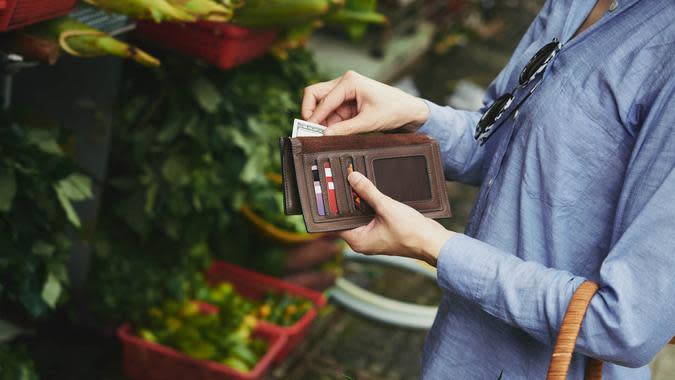
Carry Cash With You
Whether it's a restaurant that takes your credit card in back or a fuel pump that looks suspicious, you'll face potentially uncertain situations at times. Keep a little cash on you, and you can use this to pay whenever using a credit card seems too risky.

Don't Store Card Information
To minimize the risk that potential data breaches pose, don't store credit card information on retailer sites. Entering your card number for each purchase is a minor hassle compared to what coping with a stolen card entails.
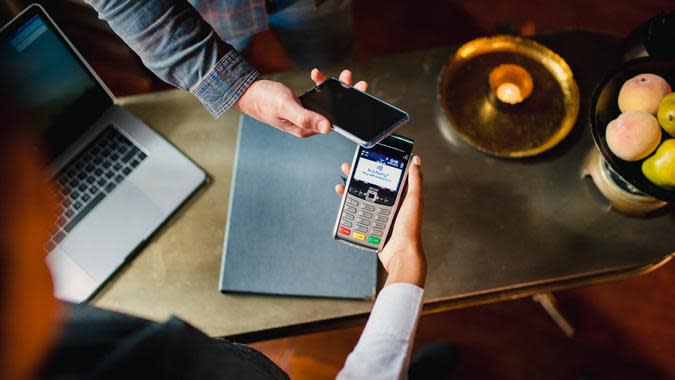
Use a Credit Card Instead of a Debit Card
When you do use plastic, use a credit card instead of a debit card whenever possible. Credit cards are protected under The Fair Credit Billing Act (FCBA), while debit cards are protected by the Electronic Fund Transfer Act (EFTA). As the Federal Trade Commission explains, the FCBA limits your potential liability to $50, while the EFTA can leave you responsible for up to $500 of fraudulent charges (and occasionally more) in certain situations.

What To Do If Your Credit Card Is Skimmed
Even with the best protection, your credit and debit card information could still be stolen. If it ever is, follow these steps to address the problem.

Step 1: Notify Your Card Issuer Immediately
As soon as you suspect that your credit or debit card information might have been stolen, notify the bank or other institution that issued your card. According to the Federal Trade Commission, you have no liability if you report the incident before fraudulent charges are made. If you report the potential theft after fraudulent charges are made, the amount you're responsible for depends on how quickly you tell your card issuer. Most issuers have 24/7 numbers you can call as soon as you think a card's information has been stolen.
Reporting is especially time-sensitive when a debit card is compromised. Should you report a stolen debit card within two business days of learning about the theft or incident, the EFTA limits your liability to $50. If you notify your card issuer more than two business days after the incident but within 60 calendar days, your maximum liability for the incident is $500. If you wait 60 or more calendar days, your liability can exceed $500. Of course, if you can report the incident before any fraudulent charges are made, then your liability should be $0 even with a debit card.

Step 2: Give Your Card Issuer a Written Statement
Follow up on your initial notification with a written statement that you send to your card issuer. This will simply document that you did indeed contact the issuer, should a question arise about how you handled the incident. To prove you sent the letter, send it via certified mail with a return receipt requested and keep a copy for yourself.

Step 3: Receive a New Card and Set a New PIN
Once you notify your card issuer, they'll likely immediately shut down your compromised card and send you a new one in the mail. How long this takes depends on the issuer and your situation. Wait to receive your new card and set a new -- and different -- PIN for it when you get the card. You should make sure that your new PIN is different because thieves sometimes try to recycle data that they've collected in the past. If you use the same PIN, any attempts to reuse your old number will be unsuccessful.

Step 4: Monitor Your Account Statements
Thieves sometimes use a card as soon as they obtain its information, but other times, they'll wait to use a card. In order to make sure you catch all fraudulent charges, carefully and regularly monitor your account statements for unauthorized charges. Of course, you should be doing this already in case thieves stole your card information without you knowing.

Step 5: Report Unauthorized Charges
Should you notice unauthorized charges, notify your card issuer immediately. The charges might be from an incident you reported, or they could be from another instance where your credit or debit card was compromised without your knowledge. These will likely be resolved according to your account's policy and any applicable federal or state law.
More From GOBankingRates
This article originally appeared on GOBankingRates.com: The Riskiest Places To Swipe Your Credit Card

